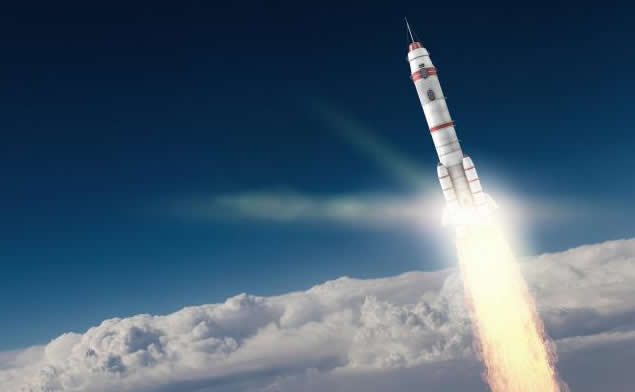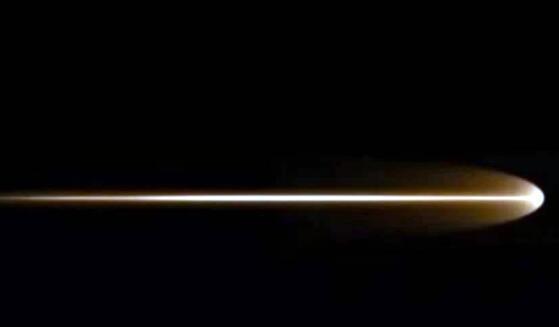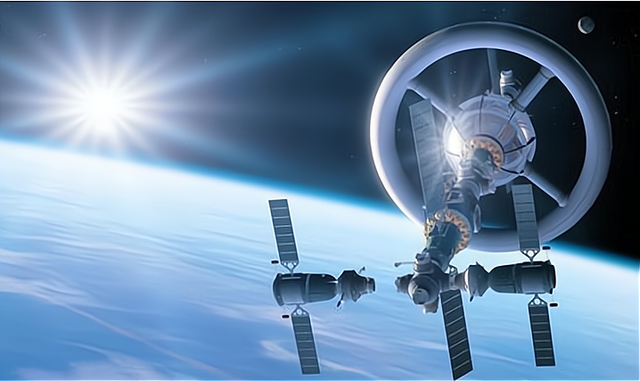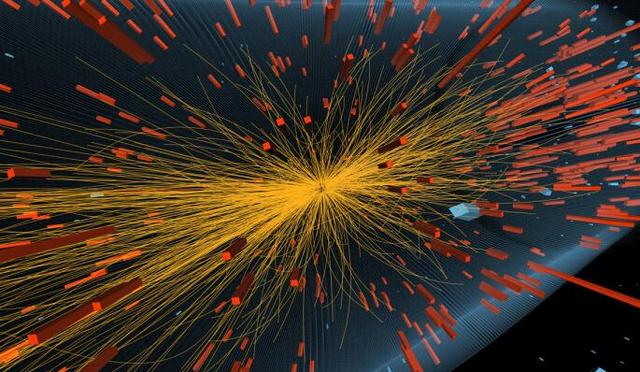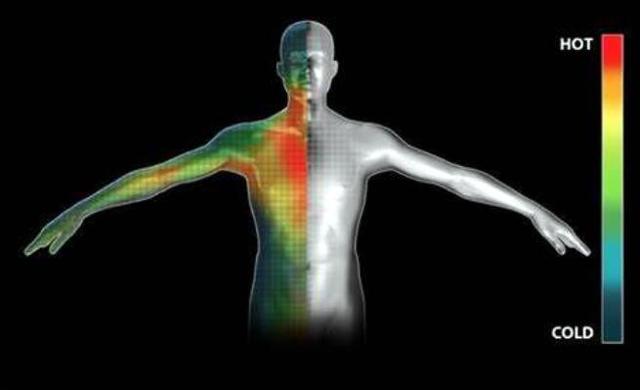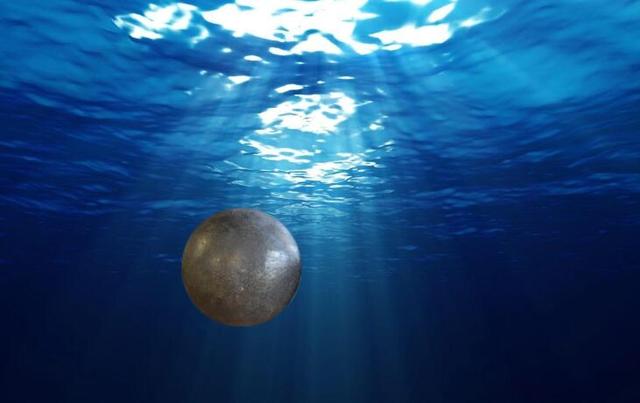Newton's third law of motion tells us that forces act on each other. If an object exerts a force on another object, the object receiving the force will also exert a reaction force on the object exerting the force, and these two forces arise and disappear at the same time, are equal in magnitude and opposite in direction, and always act in the same straight line.
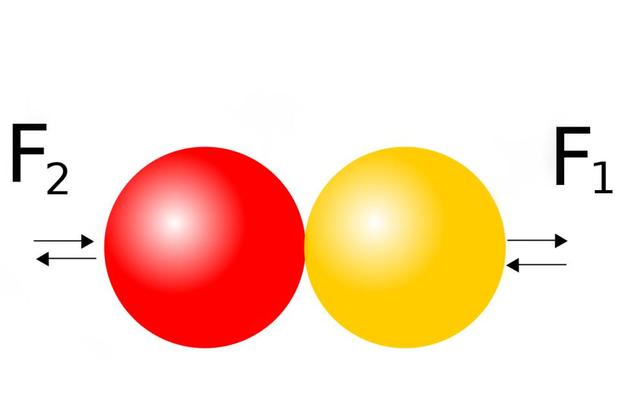
For example, when we are walking, we are actually exerting a force on the ground through our feet and then using the reaction force provided by the ground to move forward, or when we are rowing on water, we are actually exerting a force on the water through the oars and then using the reaction force provided by the water to move forward.
In this way of thinking, it is natural to assume that when an aircraft flies in the sky, it is the aircraft that exerts a force on the air and then uses the reaction force provided by the air to move forward, and we are left with the question: How is a spaceship propelled in space when there is no air to provide the reaction force? Where does the power to move forward come from?

The first thing to say is that some aircraft do need the reaction force of air to move forward, such as those using propellers, but some aircraft do not need the reaction force of air, such as jet aircraft, which are propelled forward by the recoil produced by their jet engines as they emit gases, and this force is actually generated by the law of conservation of momentum.
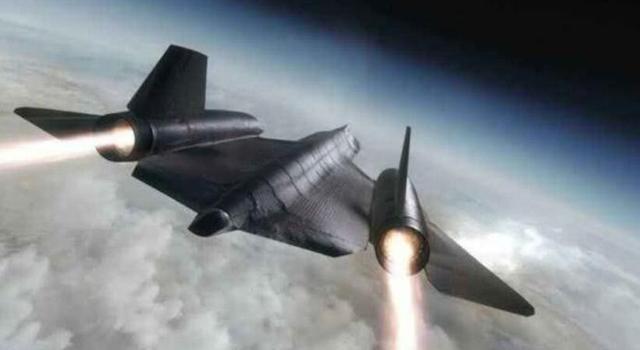
The law of conservation of momentum means that the total momentum of a system remains constant when it is not subjected to external forces or when the sum of the vectors of external forces is zero.
It follows from the law of conservation of momentum that in the case of a stationary system split into two parts due to internal forces, if one part of it moves in a certain direction, the other part will have a momentum equal to its magnitude but in the opposite direction due to conservation of momentum, and since the direction of the momentum is the same as the velocity, this part will necessarily move in the opposite direction (internal forces can be understood as the system's internal (interactions).
To illustrate this point, let's do a thought experiment in which you pick up a basketball and then stand still on a smooth ice surface wearing skates, at which point you and the basketball can be thought of as a system and in which the sum of your momentum and the basketball's momentum vector (i.e. The total momentum) is zero.

After this, if you throw the basketball in your hand with force in front of you, then at the moment when the basketball is about to separate from you, the momentum of the basketball (p1) is equal to the product of its mass (m1) and its velocity at that moment (v1), i.e. "P1 = m1 x v1", while at the same time your momentum (p2) is equal to the product of your mass ( m2) and your velocity at that moment (v2), i.e. "P2 = m2 x v2".
At the moment when the basketball is about to separate from you, you and the basketball are still a system, so the vector sum of your momentum and the basketball's momentum is still zero (conservation of momentum), i.e. "P1 = -p2", i.e. Your velocity (v2) is then equal to "(m1 x v1)/m2 ".
Note that the negative sign here means that the vectors of "V2" And "V1" Are in opposite directions, which means that when you throw the basketball forward, you will be travelling in the opposite direction, i.e. Backwards, the faster the basketball is thrown, the faster you will be travelling backwards. The faster you throw the basketball, the faster you go backwards.
This phenomenon of "The system moving in the opposite direction by separating one part and causing the other part to move in the opposite direction" Is known as recoil, and the recoil produced in the process is known as recoil.

Spacecraft are usually propelled by rocket engines, which are in fact jet engines, so the basic principle is to eject material backwards and use the recoil from the ejected material to power them through space.
In addition to rocket engines, spacecraft can also use electric propulsion systems to move forward in space, such as ion thrusters, which work by first ionising the work mass into charged particles and then ejecting the charged particles at a very high speed through the lorentz force generated by a strong electric field, thus gaining recoil.
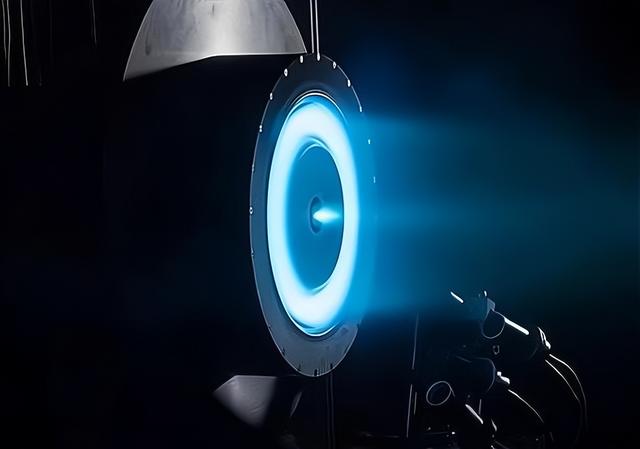
As you can see, the basic principles of rocket engines and electric propulsion systems are similar, the only difference is that they eject different substances, so we just need to replace the "You" In the above thought experiment with a spaceship, and then replace the "Basketball" With a basketball that is the spacecraft's engine ejects material, and it becomes clear where the power to move the spacecraft forward comes from.
A spacecraft can also use a "Solar sail" As a propulsion system, which can be thought of as a "Workless engine". The basic principle is to use the "Light pressure" Of the sun's rays to power the system.
Whether it is a rocket engine or an electric propulsion system, or a solar sail, the power is not provided by the reaction force of air, so it is not surprising that spacecraft can travel through airless space.

